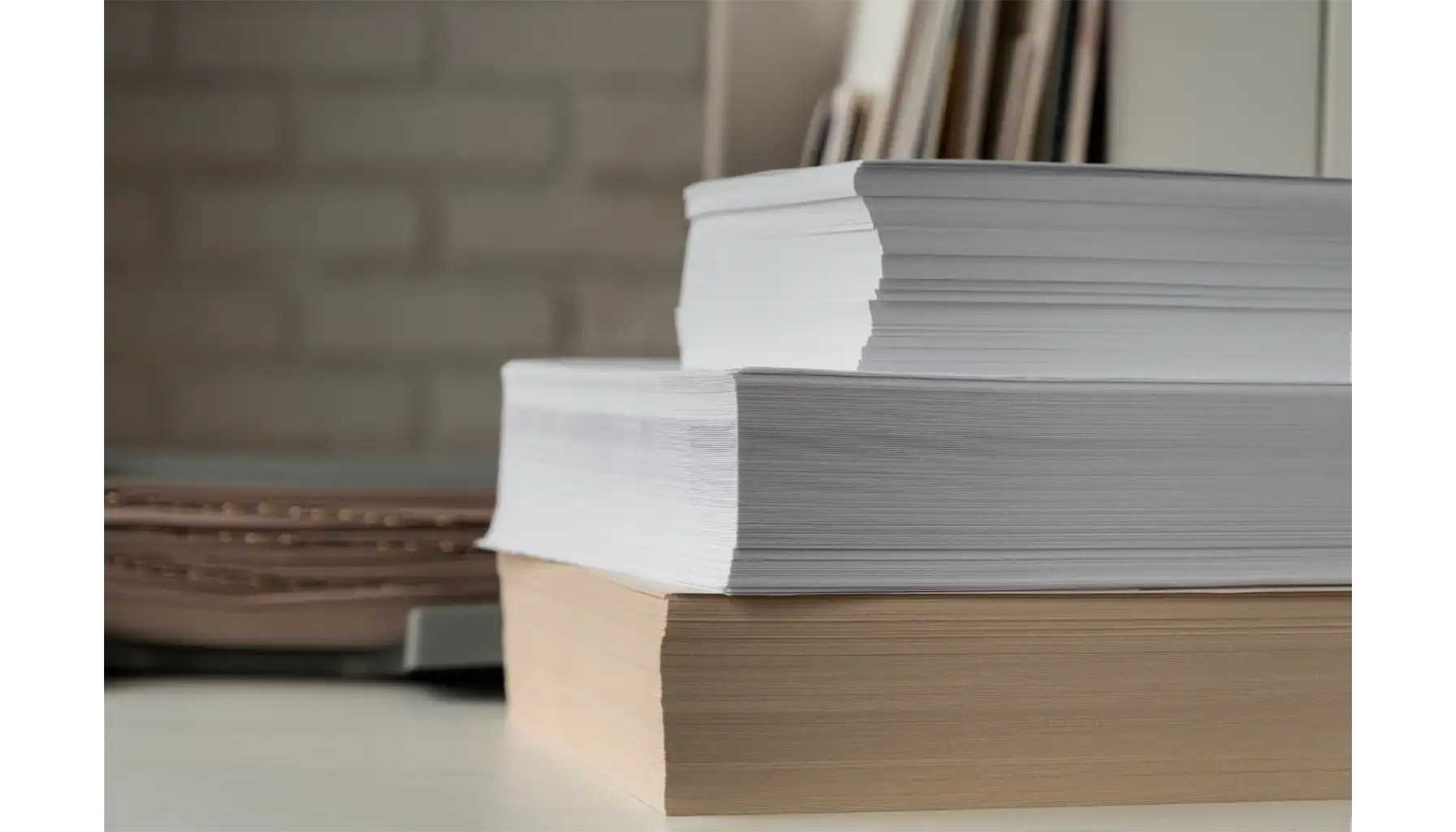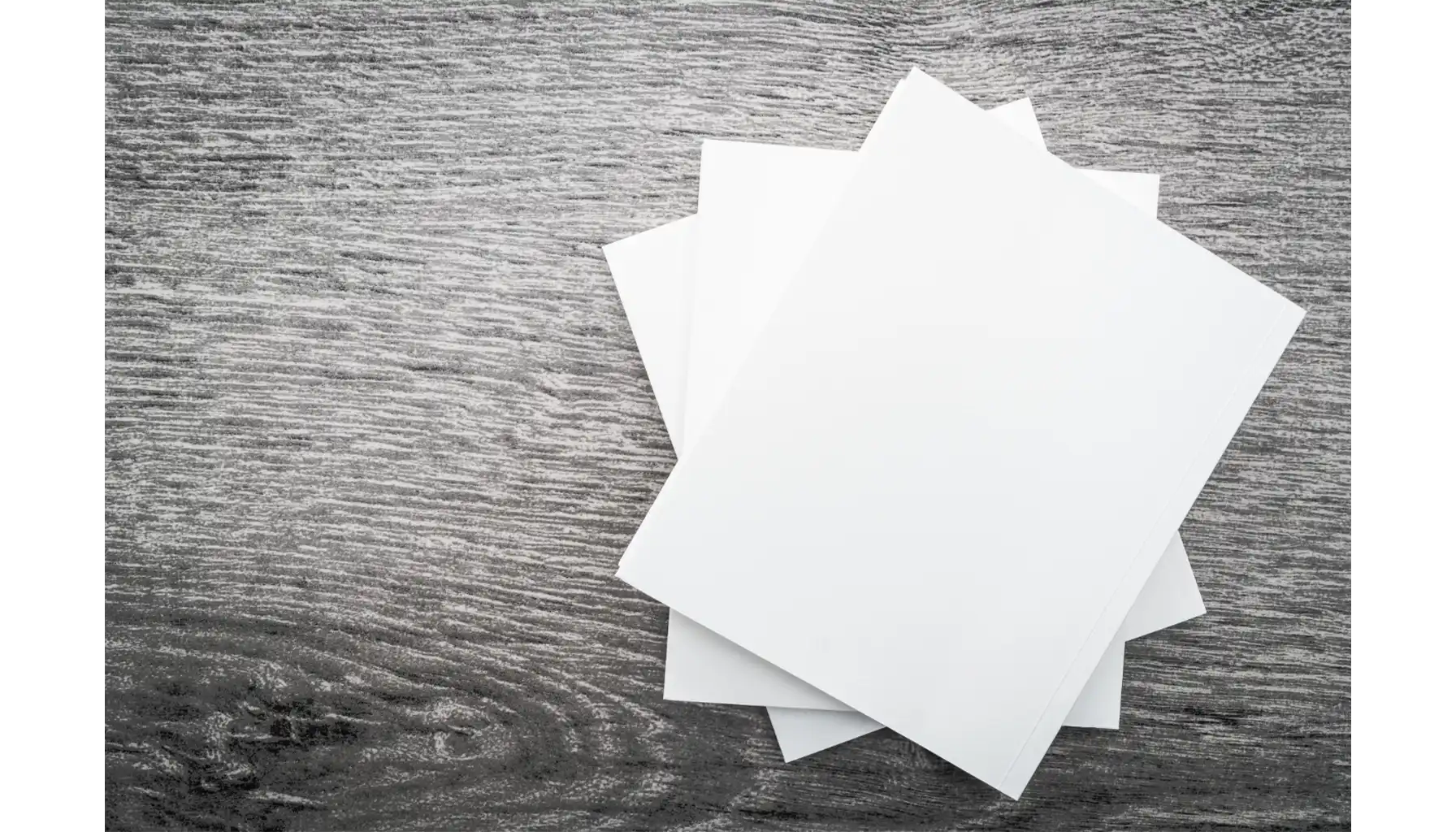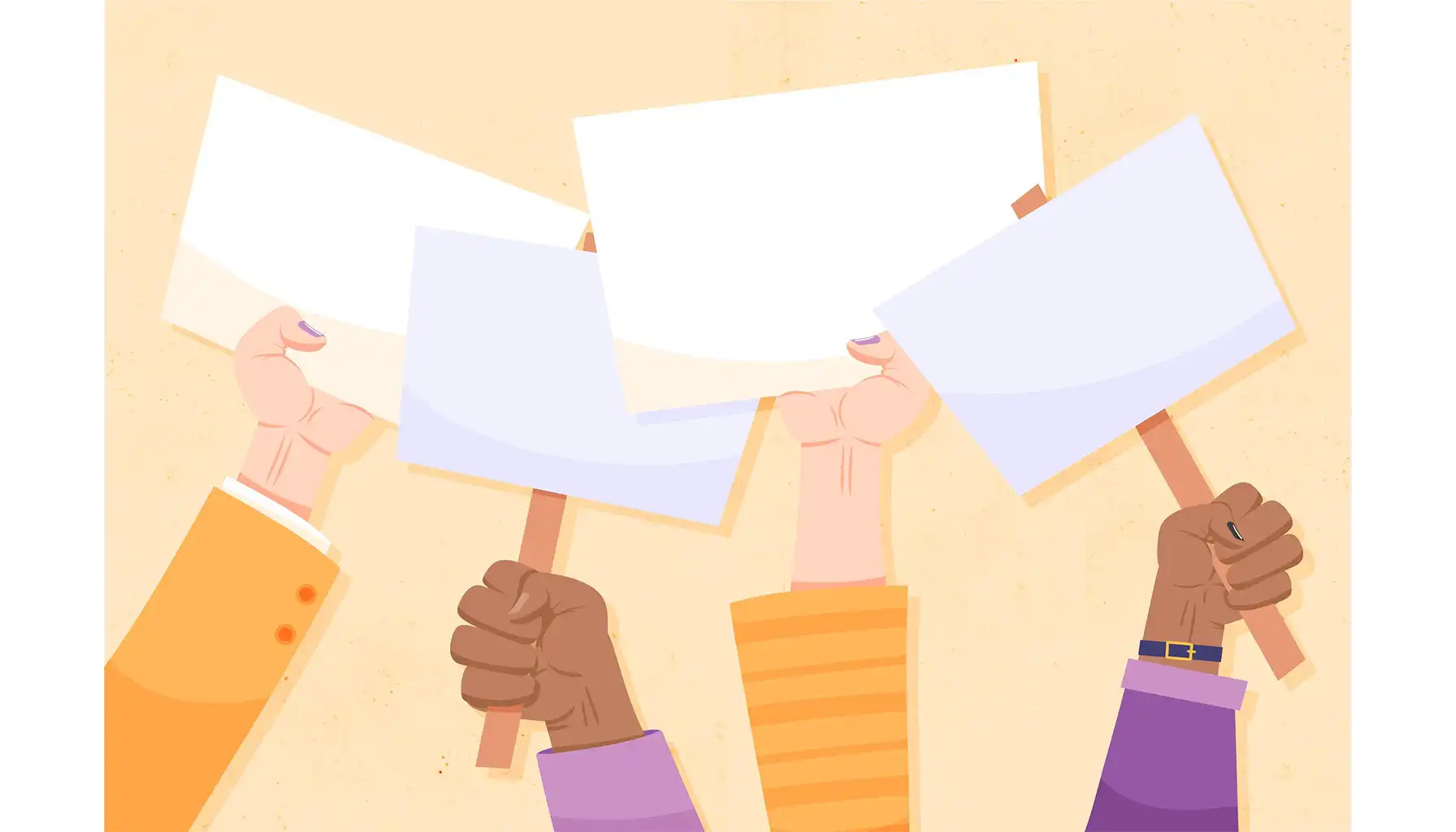Beyond the Page: What Is Papyrophobia, The Fear of Paper?

Contents:
"When the weight of the paper equals the weight of the airplane, only then can you go flying." Sometimes, though, a sheet of paper may become a burden that is hard to carry and endure.
We all have fears, and no matter how small or unusual they may seem, they impact the way of living and our well-being as a whole. For some, the anxiety is not about heights, majestic animals, darkness, or spiders – it is simply about the rustle of a page, the sight of a notebook, the thought of having paperwork in their hands. This is what we call papyrophobia.
Papyrophobia, the very fear of paper, is rare but real. It blurs one's mind and may be so severe that even the most casual operation may turn into a paralyzing ordeal, a moment of dread when paper becomes emotionally overwhelming. But what exactly does this fear mean? How to manage the consequences of its everyday impacts, and which cognitive training apps to try?

Papyrophobia From the Clinical Perspective
Within the frames of clinical psychology, papyrophobia is recognized as a specific phobia, characterized by intense (generally) inexplicable fear of a particular object, i.e., paper, that inevitably leads to certain malevolent consequences, e.g., avoidant behavior or significant distress.
As per clinicians, the severity of this impairment may vary, ranging from mild anxiety to full-scale panic attacks. Nonetheless, many try to deny the existence of such a phobia, for it may seem quite unusual and a bit trivial to outsiders, who may mistakenly dismiss it as an excuse to avoid everyday tasks. But what could be the root of the problem?
Causes of Papyrophobia

Like any other condition, papyrophobia should have reasons/grounds to emerge, though they may not be so obvious at first. This usually involves psychological, biological, and environmental factors, though their combinations depend on the specific traits of a person.
Traumatic Experiences: The most common source of phobias is the past, and in some cases, papyrophobia develops after a negative or frightening event involving paper. It is not only about pain, but any distress associated with the object.
Learned Behavior: Observations may play their roles, too, for those who witness others react to paper or related tasks may develop fear on their own. Children, in particular, are highly influenced by parental or caregiver attitudes, establishing their relationships with these objects from a subjective perspective.
Biological Predisposition: Some people may have a neurological predisposition to genetic anxiety or sensitivity to specific stimuli (paper, though rare, included). Indeed, research on papyrophobia is limited by nature, yet general phobia studies suggest that an overactive amygdala can make one more susceptible to developing intense fears.
Cultural or Environmental Influences: Last but not least, it is also about cultural and environmental factors that define the way we may react. While some communities may associate paper with formal judgment, mistakes, or negative consequences, others tend to believe that it is a symbol of communication and new beginnings. The choice is not yours; it is the one of the people you live with.
Common Symptoms

Emotional Responses: Intense fear, dread, or anxiety at the sight, sound, or thought of paper.
Physical Symptoms: Rapid heartbeat, sweating, trembling, shortness of breath, dizziness, nausea.
Cognitive Symptoms: Obsessive thoughts about avoiding paper, catastrophizing potential contact.
Behavioral Signs: Active avoidance of paper, refusal to handle documents, avoiding books or stationery.
Social and Functional Impact: Difficulty at school, work, or in daily life where paper is unavoidable.
Panic Attacks: In severe cases, sudden overwhelming fear accompanied by physical and emotional distress.
A Few Management Techniques to Try
For one to cope with any phobia, it is vital to appeal to appropriate management techniques and supportive tools, which should be chosen by your therapist or other healthcare specialist. Nonetheless, there are a few safe options that can easily be incorporated into your daily routine.
Technique | Description | Benefits |
A structured form of therapy that helps identify and change negative thought patterns linked to paper-related fear. | Reduces irrational fear responses, promotes healthier coping mechanisms. | |
Exposure Therapy | Gradual and controlled exposure to paper (e.g., imagining it or eventually handling it in real life). | Helps desensitize the fear trigger and retrain the brain’s response. |
Breathing exercises, guided meditations, and grounding techniques to stay present and reduce anxiety. | Lowers stress levels, improves emotional sobriety and regulation during triggers. | |
Cognitive Training | Apps (especially Mind Elevate) designed to strengthen focus, memory, and stress resilience through daily challenges and games. | Builds cognitive flexibility, supports long-term anxiety management. |
Relaxation Techniques | Methods like progressive muscle relaxation, visualization, or calming music. | Eases physical symptoms such as tension, rapid heartbeat, or shortness of breath. |
Papyrophobia vs. Related Fears
Although papyrophobia is specifically the fear of paper, it is often confused with or linked to other phobias and anxieties. Among them are the following:
Bibliophobia (Fear of Books)
Unlike papyrophobia, which is triggered by paper in general, bibliophobia is a fear directed at books specifically, and it typically comes from academic pressure, negative school experiences, or cultural associations with knowledge and authority.
Scriptophobia (Fear of Writing in Public)
This condition involves anxiety about writing in front of others, often because of the fear of judgment or performance pressure. While it sometimes overlaps with papyrophobia, the focus is on writing itself rather than the medium.
Generalized Anxiety or OCD Symptoms
Some people with obsessive-compulsive tendencies may develop avoidance behaviors around paper, which can resemble papyrophobia but arises from a different root cause.
Even the lightest page can feel heavy – do not let this fear pin you to the ground.





